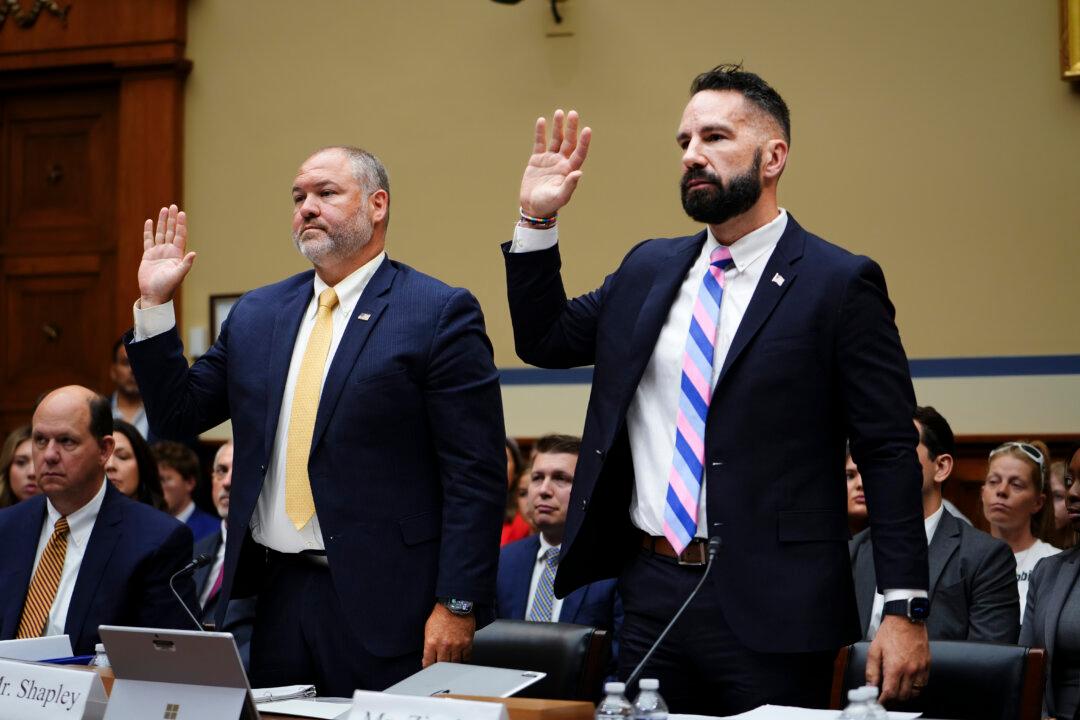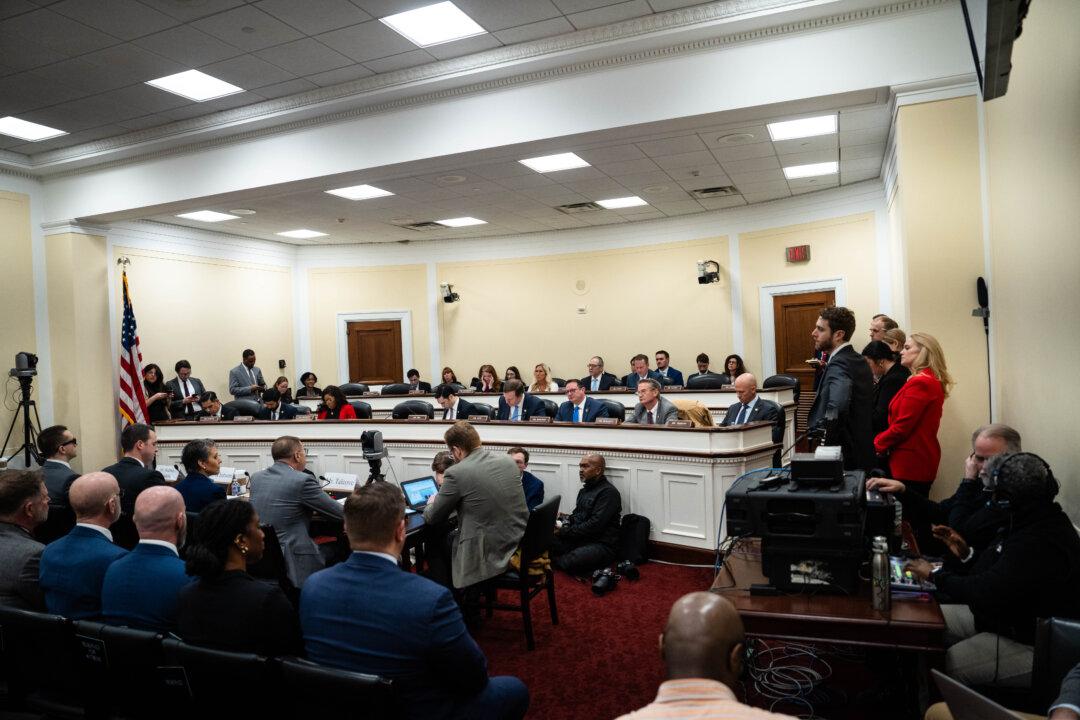Dallas-based Southwest Airlines put the lives of 17.2 million passengers in danger by flying them on previously owned commercial jets that were not airworthy, according to a new report from the Department of Transportation (DOT) Inspector General (IG).
In a scathing report aimed primarily at the Federal Aviation Administration (FAA) for failing to oversee the popular airline properly, the DOT IG said Southwest “operates aircraft in an unknown airworthiness state, including more than 150,000 flights on previously owned aircraft that did not meet U.S. aviation standards—putting 17.2 million passengers at risk.”





